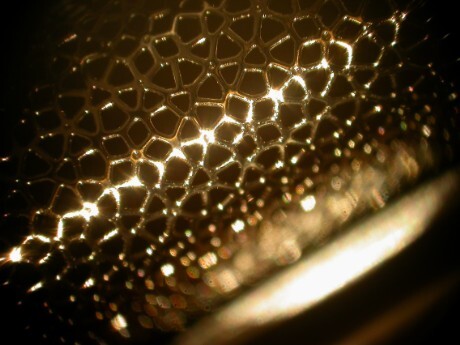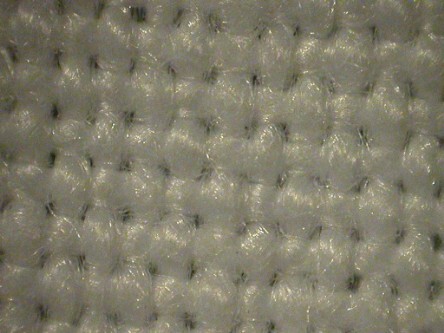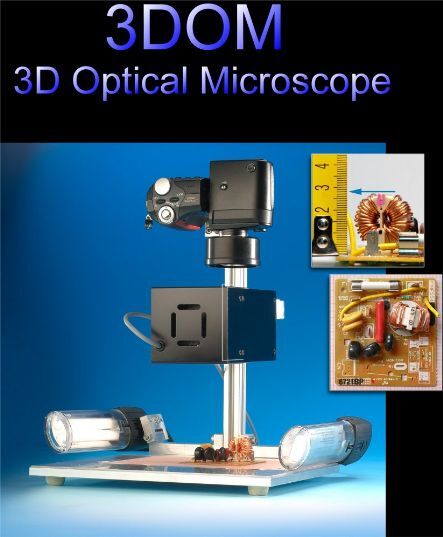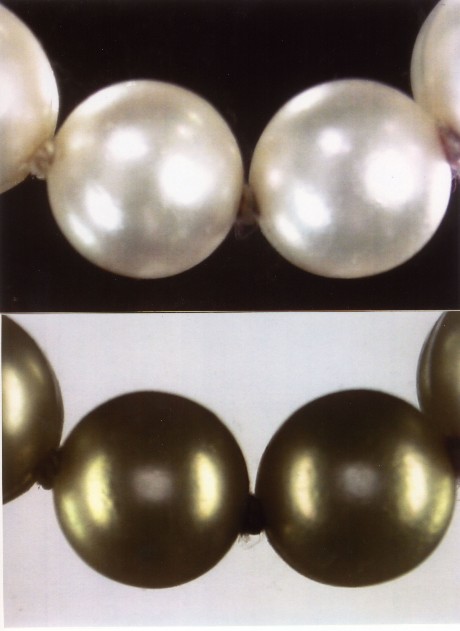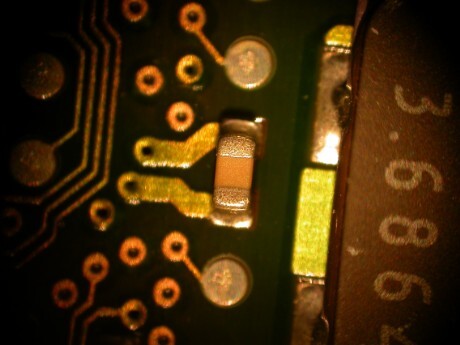History of the Ergonom Microscopes
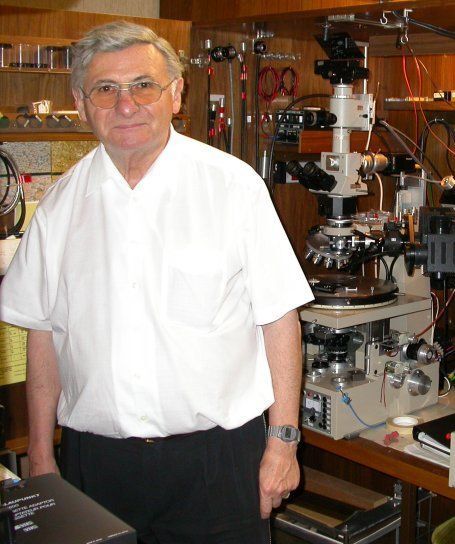
(1934 - 2022)
You should only say, I can't do it yet."
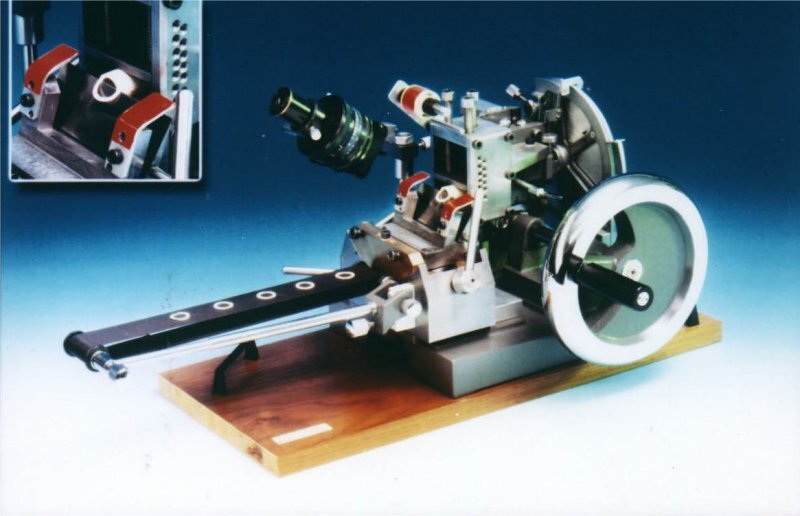
Rotation Microscope, 1972
Kurt Olbrich's first self-made microscope
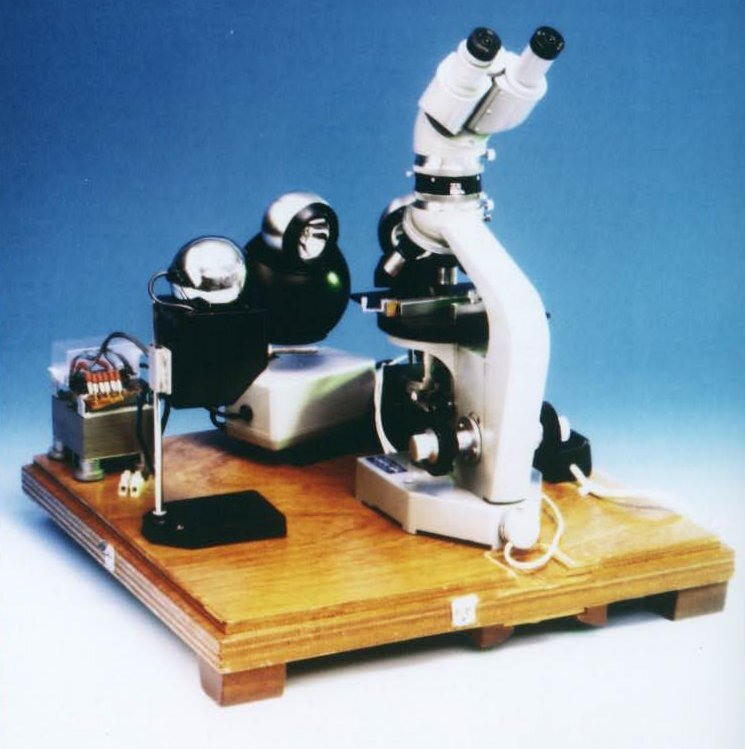
Ergonom 100, 1972
Variable depth of field and normal Color Contrast
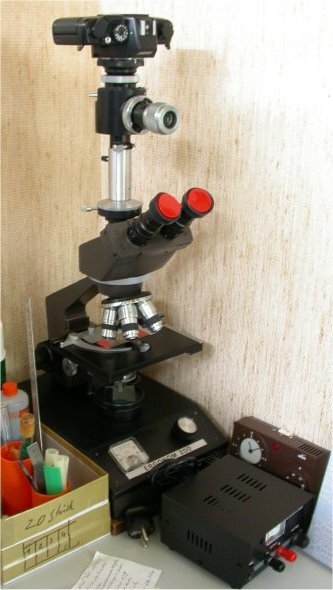
Ergonom 200, 1973
Variable Depth of Field, High Color Contrast,
High Resolution, True colors in real time
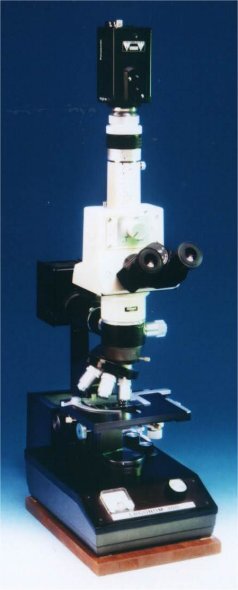
Ergonom 300, 1974
Variable Depth of Field, Variable Color Contrast
High Resolution (improved), True colors in real time

Ergonom 400, 1976
Variable Depth of Field, Variable Color Contrast
Very High Resolution (<100nm), True colors in real time
No Staining, etc. required, Extended working distance
Both normal and inverted stages in one microscope
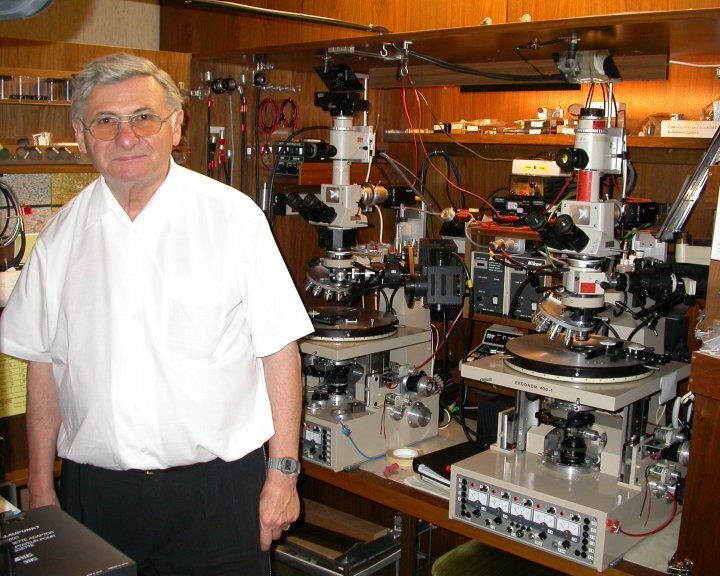
Kurt Olbrich
Ergonom 400-2, 1985
Designed for Metallurgy observations
Variable Depth of Field
Variable Color Contrast
High Resolution (<100nm)
True colors in real time
Halogen/Arc light source
Ergonom 400-1, 1985
Designed for Biological observations
Variable Depth of Field
Variable Color Contrast
High Resolution (<100nm)
True colors in real time
Halogen light source
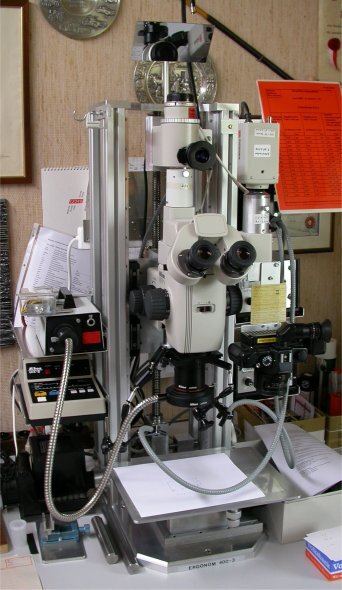
Ergonom 400-3, 1977
Specialised Stereo Microscope
Over 30mm depth of field
Specifications
Extremely high resolution
Variable depth of field in true color
A special parallax correction allows viewing in stereo or parallax error free as a 1 channel system (right or left channel)
Can be built for reflected or transmitted light
Images are free of all abberations
and can be used for precise measurements
Zoom range 1x to 15x and can be used with various objectives e.g. 0.5x, 1x, 1.5x
The working distance in the X, Y and Z axis can be 50cm or more as required
Due to the long working distance,
this microscope can be used for the most difficult observations
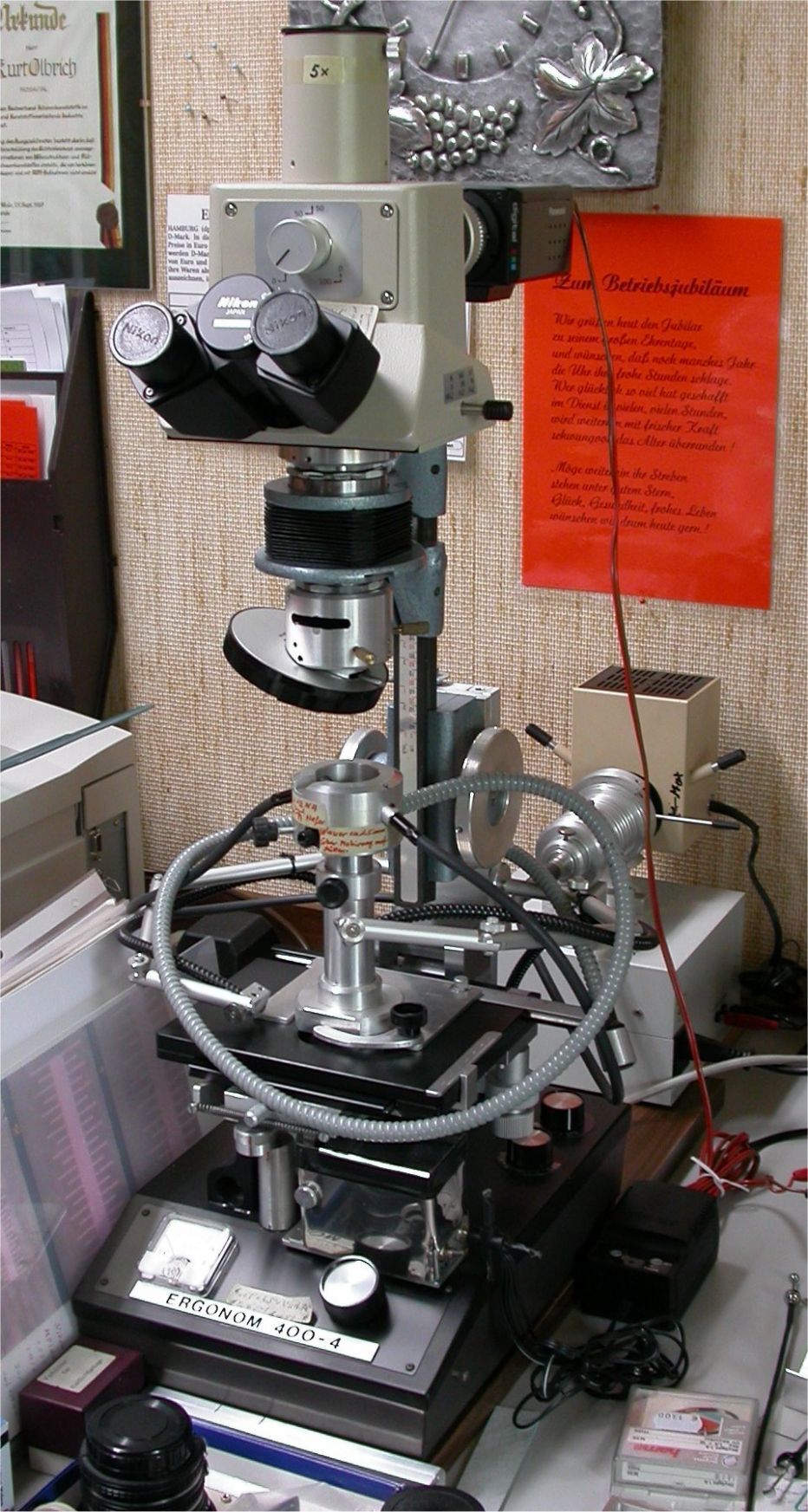
Ergonom 400-4, 1980
Specialised test-tube Microscope
Used mainly for observing clusters in water
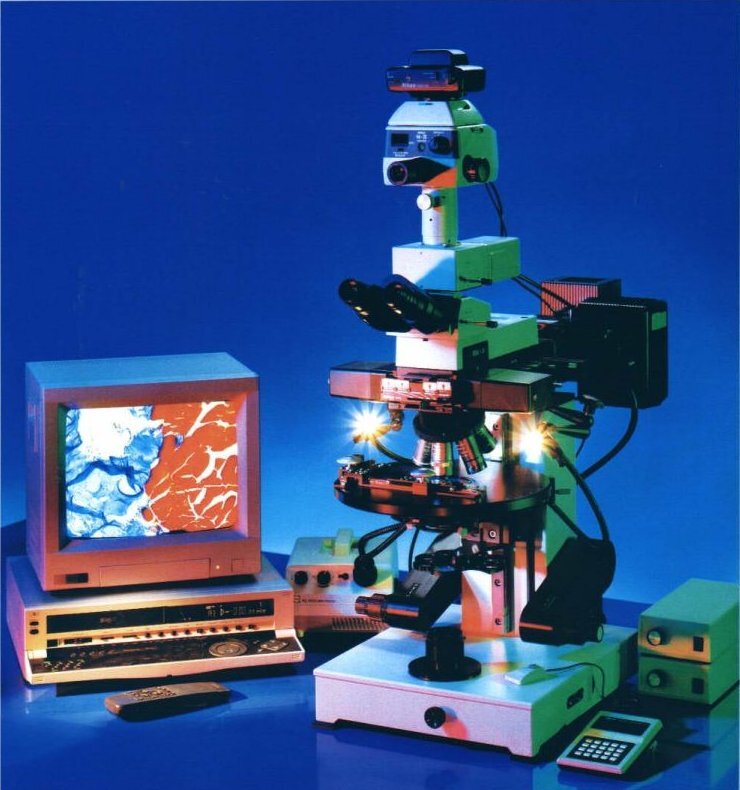
Ergonom 500, 2002
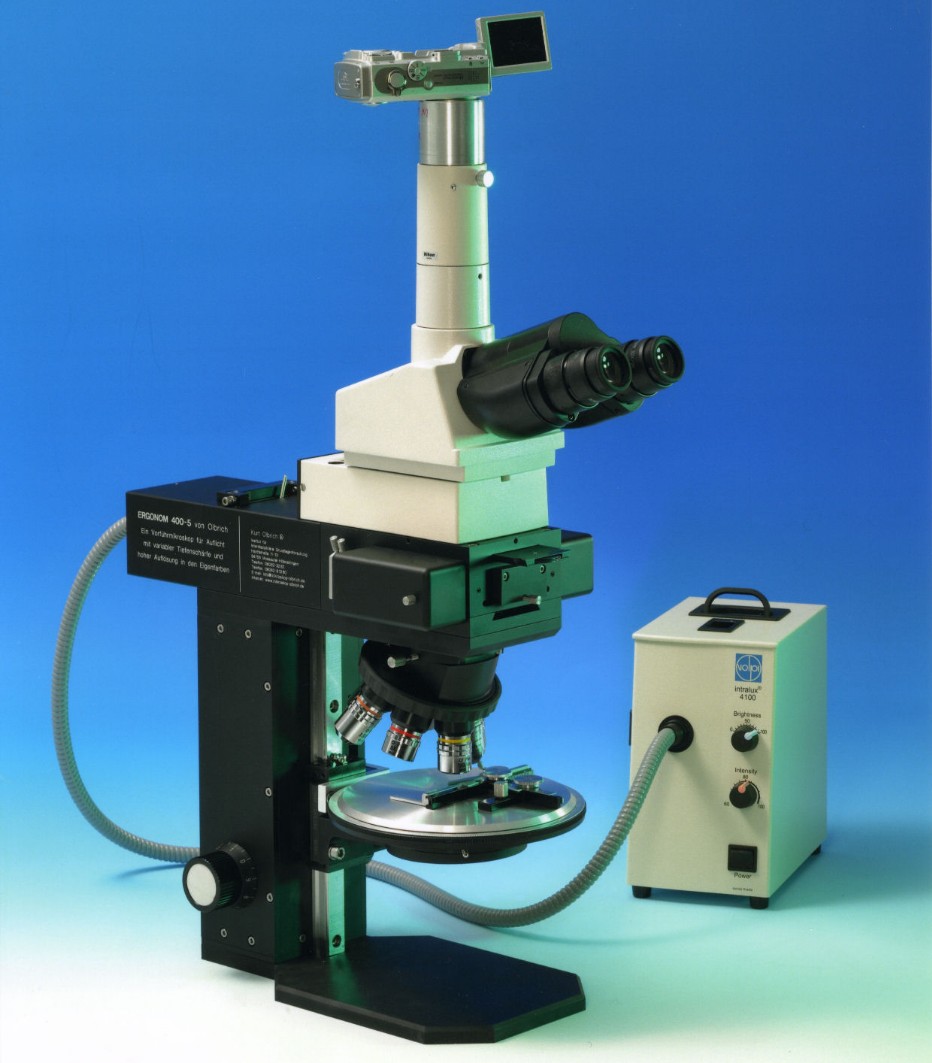
Ergonom 400-5, 2006
Note: This microscope is no longer available.
Portable Microscope, 2004
Note: This microscope is no longer available.
3DOM, 2004
Ergonom 4000, 2007
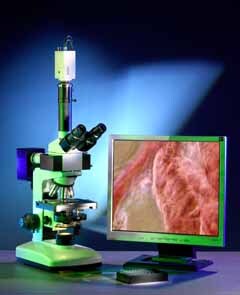
Ergonom 3000, 2008
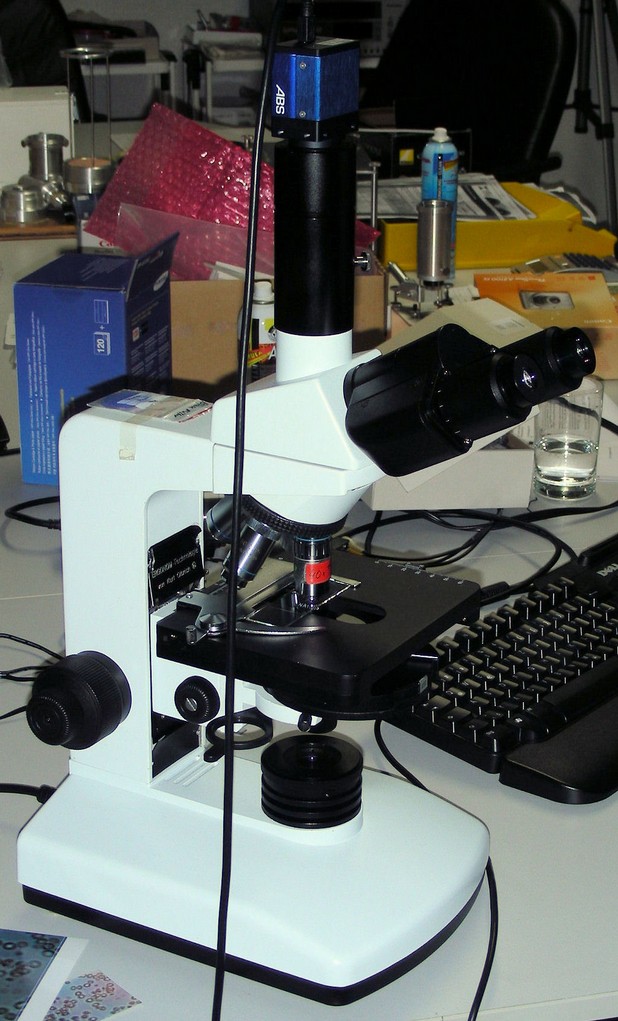
Ergonom 3000 redesign, 2010

